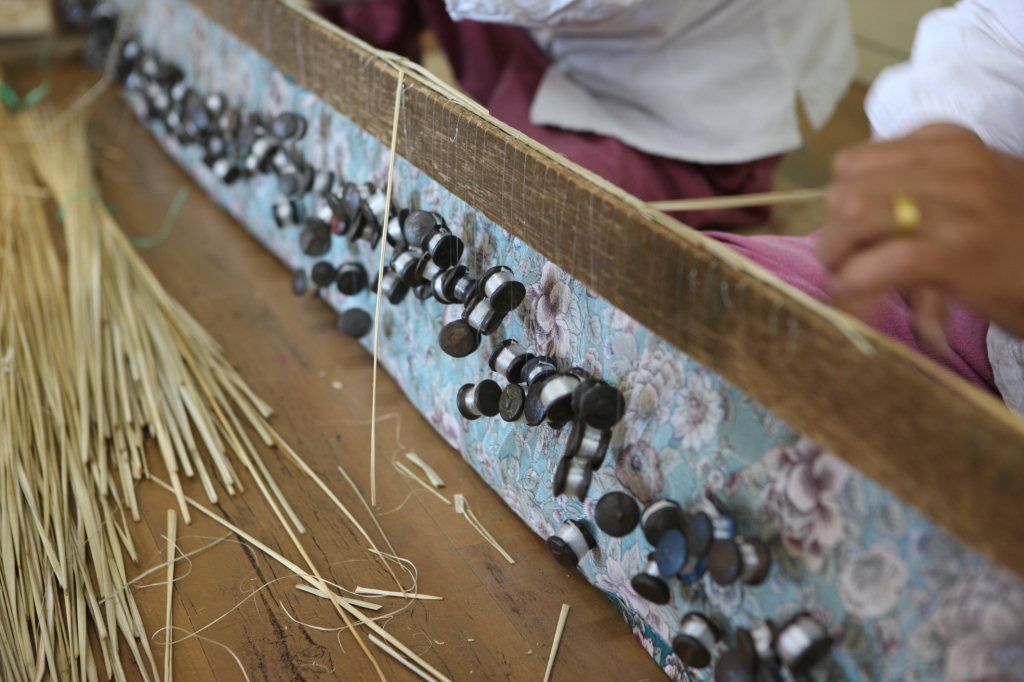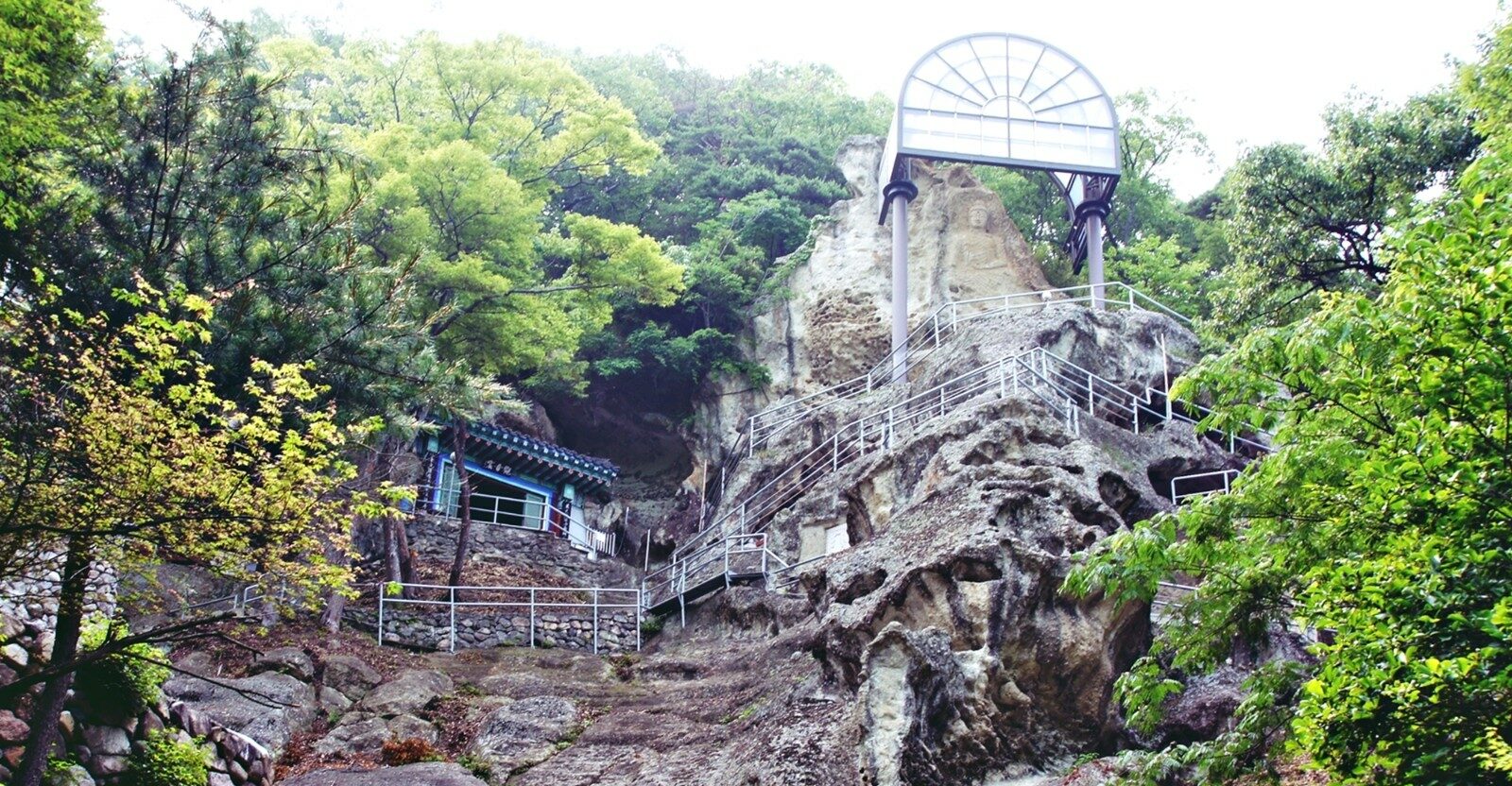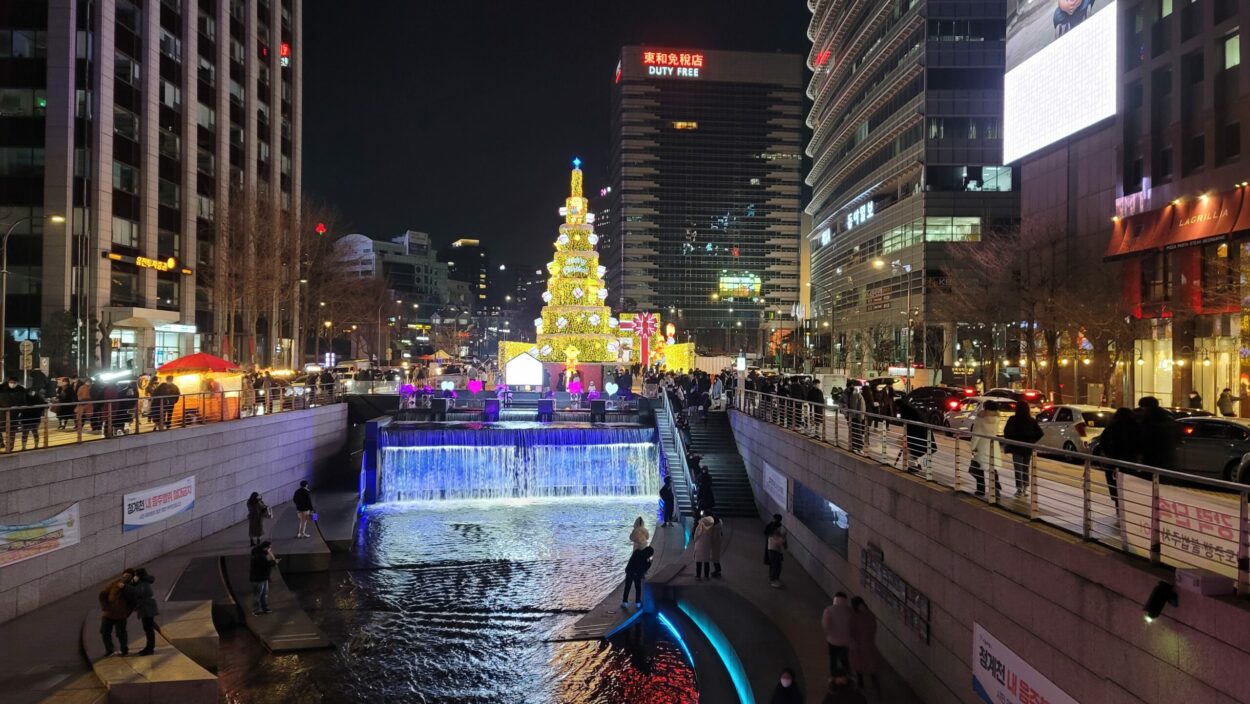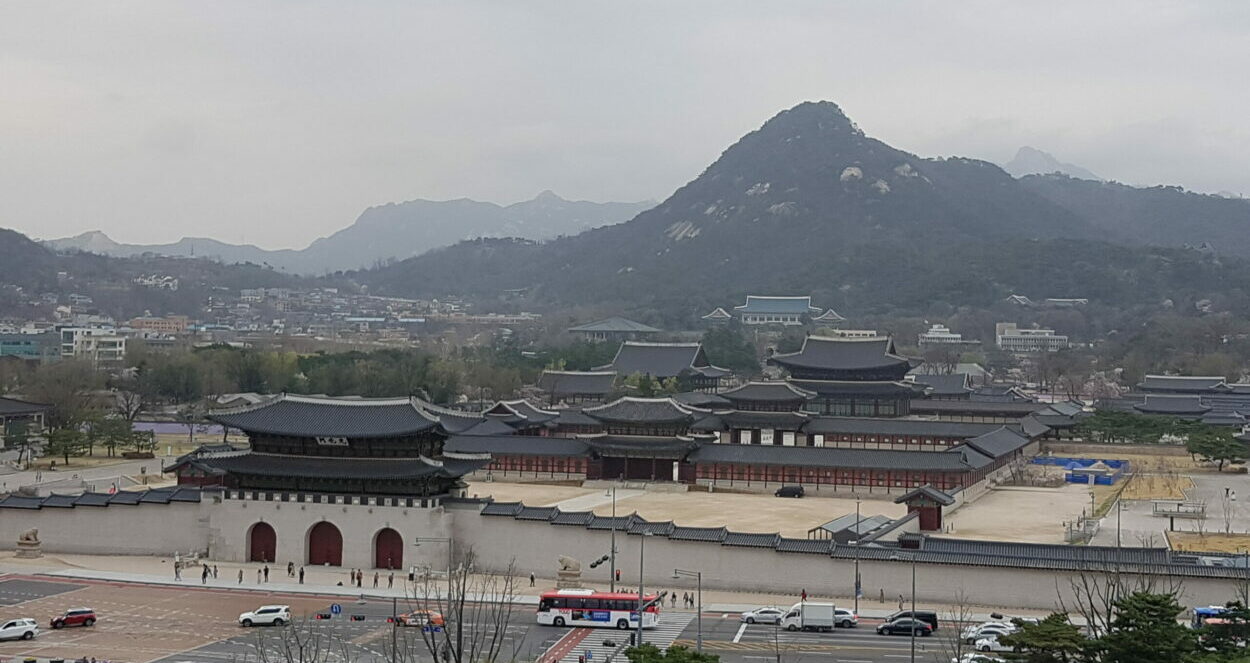Ganghwado Island, celebrated for its vibrant cultural heritage and breathtaking scenery, provides travelers with a unique blend of history, art, and nature. One of the island’s most captivating spots is Hwamunseok Village, where visitors can dive into the traditional craft of rush weaving. You can craft your own table mat using techniques that generations have handed down through this engaging experience. Thus, it creates a perfect souvenir from your journey.
Discover Hwamunseok Village
Hwamunseok, Korea’s exclusive rush-weaving handicraft, is a cultural treasure from the Goryeo period. Artisans craft the mats from sedge, and people recognize these mats for their intricate designs and vivid colors. At Hwamunseok Village, you can engage in workshops that teach you how to weave your own mat. This offers a direct connection to this ancient art form. The village not only highlights the aesthetic beauty of these mats, but also emphasizes the importance of preserving traditional Korean arts.
Nearby Attractions
While exploring Ganghwado Island and Hwamunseok Village, consider visiting these nearby attractions:
- Chamseongdan Altar: People believe that Dangun Wanggeom performed rituals to the heavens at this historical site on Manisan Mountain. The altar provides breathtaking views and insight into Korea’s ancient spiritual practices.
- Ganghwa Dolmen: A UNESCO World Heritage site, these stone dolmens are relics from Korea’s prehistoric past. They scatter these relics across the island, offering a glimpse into the burial traditions of ancient civilizations.
- Bomunsa Temple: Situated on Seokmo Island, Bomunsa is one of Korea’s largest Avalokitesvara Bodhisattva shrines. The temple is renowned for its tranquil ambiance and stunning sunsets over the Yellow Sea.
Ganghwado Island is also a culinary haven, offering dishes that reflect its rich cultural heritage and natural bounty.
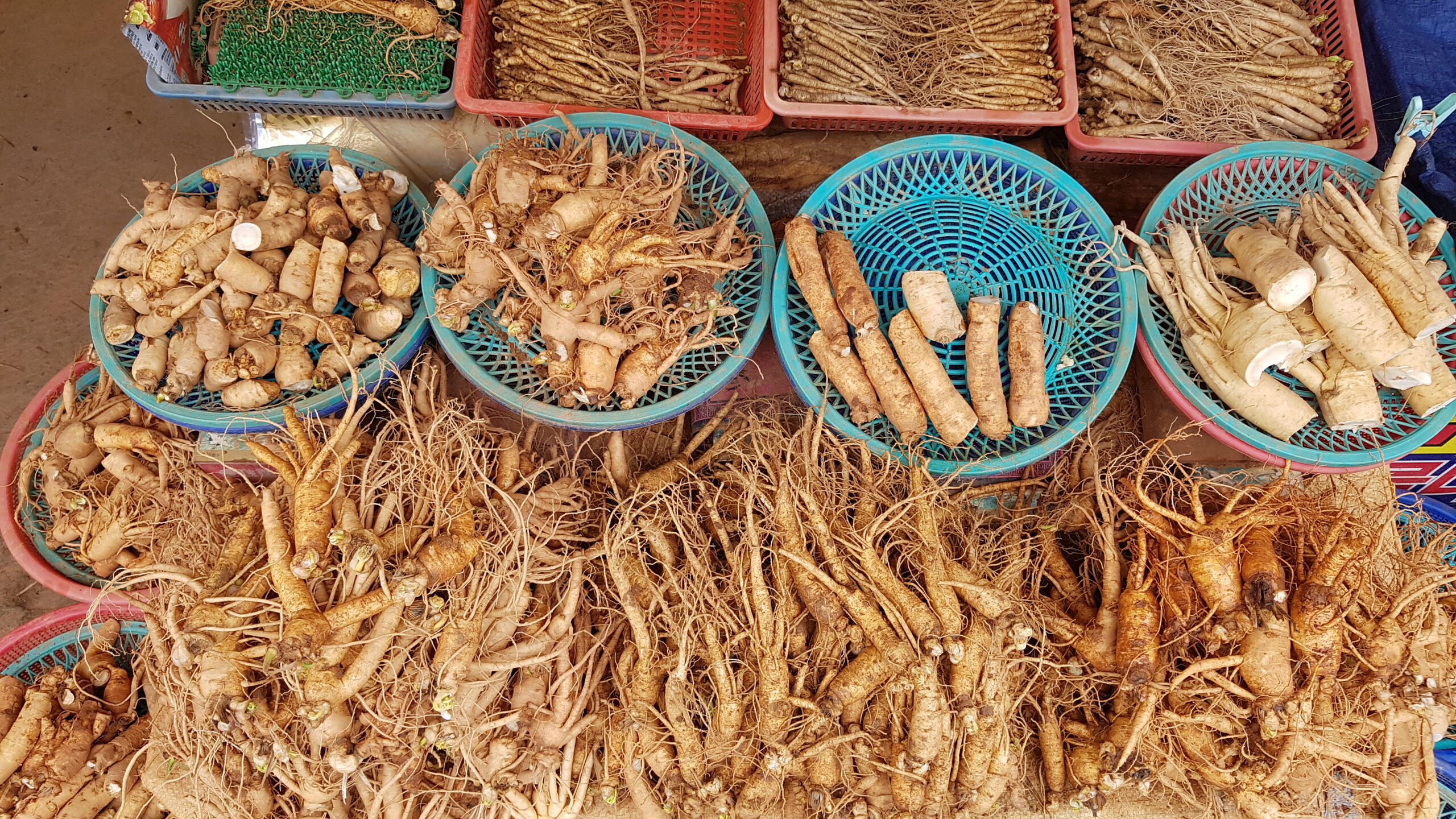
Here are some must-try foods when visiting this beautiful island:
- Ganghwa Ginseng: Known for its medicinal properties, Ganghwa ginseng is a staple of the island.People value this six-year-old ginseng for its quality and often use it in soups and teas, particularly in ginseng chicken soup, which nourishes and delights with its flavor.
- Turnip Kimchi:People celebrate Ganghwa Island’s turnips for their sweetness and use them to make delightful turnip kimchi.This dish blends fresh turnips with garlic, green onions, and Ganghwa’s unique salted shrimp, creating a tangy and crunchy accompaniment to rice.
- Sorae Crab Bread: Local blue crabs from Sorae Port inspire this bread, which is made with Korean rice flour and filled with sweet potato. Its adorable crab shape makes it a popular snack or gift choice. Thus, it is perfect for taking a piece of Ganghwado home.
- Herring Dishes:Fresh herring is a highlight of Ganghwado cuisine. Enjoy it as sashimi, mixed with vegetables in chili sauce (muchim), or grilled. The fresh catch offers a delightful taste of the sea, ideal for seafood enthusiasts.
- Mugwort Bol Bread: This specialty from Dolmen Bakery uses mugwort, an herb native to the region. The Mugwort Bol Bread is soft and fluffy, often paired with coffee or tea, making it a perfect snack while exploring the island.
- Seafood Hotpot: Given its coastal location, Ganghwado provides an abundance of fresh seafood. A seafood hotpot featuring clams, shrimp, and fish cooked in a savory broth is a comforting dish. It showcases the island’s maritime bounty.
Ganghwado Island is a treasure trove of cultural experiences, with Hwamunseok Village at its heart. By taking part in traditional weaving workshops and exploring nearby historical sites, visitors can gain a deeper appreciation for Korea’s rich heritage. Whether you’re an art enthusiast or a history buff, Ganghwado Island promises an unforgettable journey into the past. It offers stunning landscapes and unique experiences.

